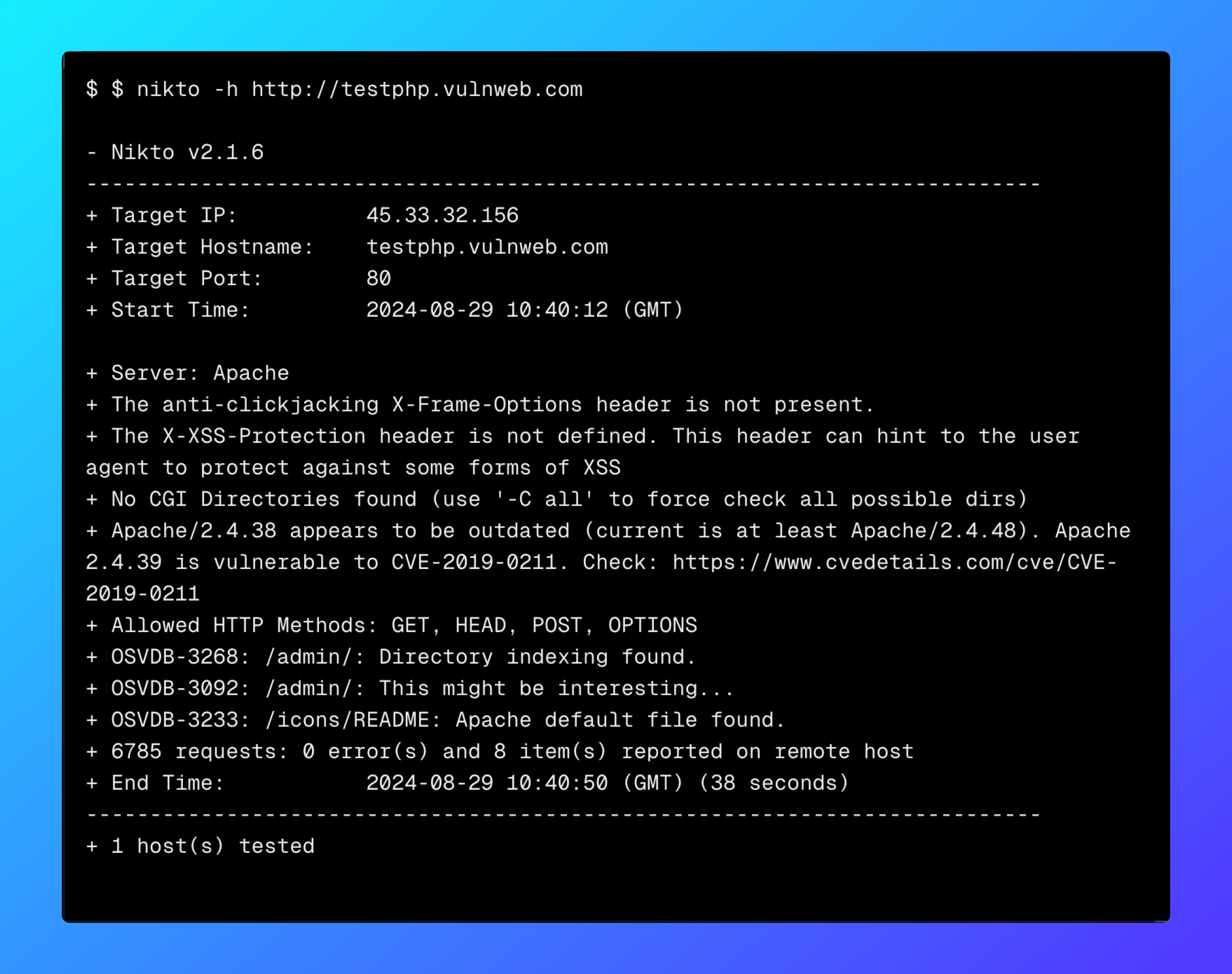Current Challenges in Offensive Security Automation
The current approach to manging and executing offensive security tooling has been harder and harder as the processes needed and threats to be solved becoming increasingly complex. The current approach consists of finding or building Command Line tool or a script for a specific process and installing it either localy or on external infrastructure. This is very slow, ineffective and error prone process. It requires a lot of manual work and is not scalable because of these main reasons:- Infrastructure Management There is a big overhead in infrastructure maintenance, management and expertise used to execute cybersecurity tooling.
- Data Persistence & Management Execution of tools and their disjointment often leads to unstructured data and impossible ways to get insight from outputs. Clear communication with other stakeholders in the company responsible for fixing the vulnerabilitis and taking care of the infrastructure is increasingly more complex as infrastructure grows. Companies need an easy, clear and efficient way to do data analysis and communicate issues to other departments in order to keep companies safe.
- Tool Installation, Updates & Management Configuring and executing the vast majority of tools (300+ currently on the platform) is a tedious and time-consuming job. Each tool comes with it’s own set of dependencies which makes their updates and management even more complex.
- Automation Since there is no standardized way of providing a framework for tool and custom script connection for automated processes, security teams often choose to build it in-house, making it eventually completely unscalable and very difficult to maintain.
Regular Way
Today, if you want to use a tool, you have to go through these steps:-
Manual Installation
- Download the tool
- Install dependencies
- Configure the tool
- Run the tool

Traditional Tool Usage Example